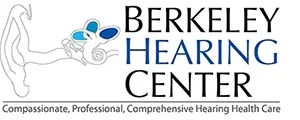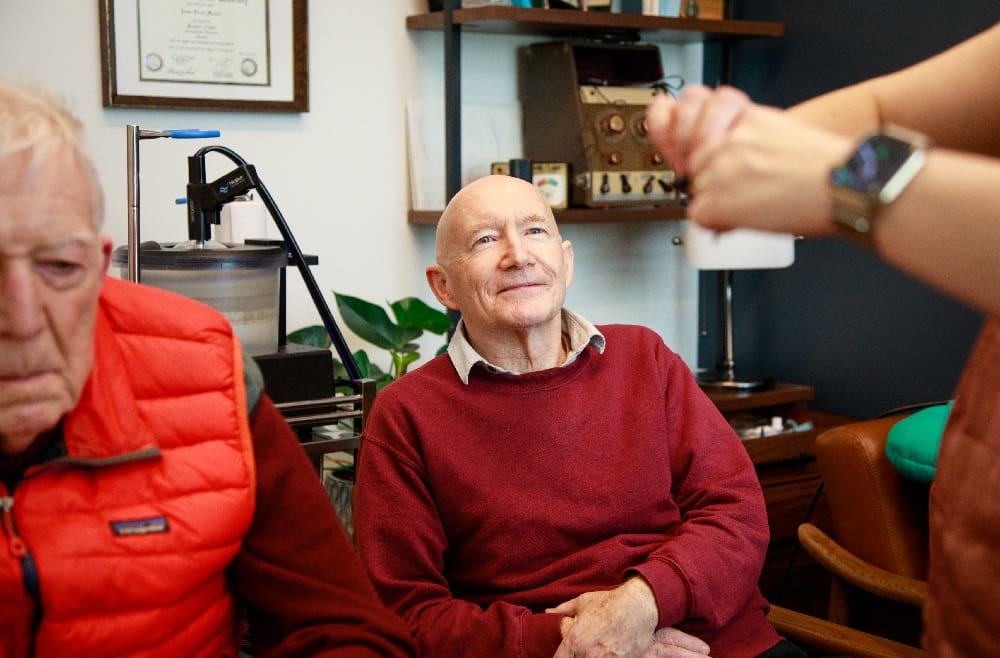2019-06-03
Jonathan Lipschutz Audiologist, M.S., F-AAA, Co-Owner
As we appear to be finally coming out the other end of this nightmare pandemic (me knocking on wood), life is opening up and returning to a semblance of the previous ‘normal’. My daughter just went to see ‘Black Widow’ in a theater, we’ve had (vaccinated) friends in our home and I have tickets to real live concerts! Usually summer (and our ‘Indian Summer’) is one of the best times for music lovers. Festivals abound-Stern Grove, BottleRock, Outside Lands, High Sierra Music Festival (a family favorite and tradition we’ve so dearly missed these last 2 years!). Outdoor shows at the Greek, Shoreline and Concord. And that's on top of all the music that's usually jumping around the Bay Area. We are blessed (in many ways)!
But as they say, too much of a good thing can be a bad thing. And it’s especially true when it comes to loud music. As we know, exposure to loud sound can cause permanent damage to the inner ear. But it's not just about the absolute volume. There's a direct relationship between volume and the exposure time. According to the most conservative government guidelines (National Institute for Occupational Safety and Health or NIOSH), individuals can safely work in an 85 dB (decibels) environment for 8 hours. Every additional 3 dB requires decreasing exposure time by half (88 dB=4 hrs, 91 dB=2 hrs, etc.). Any self-respecting concert lasts at least 2 hrs and certainly gets far louder than 91 dB. Heck, even BART gets louder than that!
How then do you safely enjoy all that music, with an equal emphasis on both safety and enjoyment? The answer is High Fidelity hearing protection. Foam plugs (good protection & way better than nothing from a safety standpoint) 'distort' the listening experience by removing more high frequencies than low, causing the sound quality to be ‘muddy’ or ‘bassy’. High fidelity ear plugs, on the other hand, preserve the quality or fidelity by reducing all frequencies equally, effectively turning down the volume. There are a number of relatively inexpensive non-custom options (Etymotic Research’s ETY Plugs, Eargasm Earplugs, etc.) that can be reused several times. Professionally, I recommend custom molded “musician's earplugs” (CMEPs).
CMEPs are based on detailed impressions of the ear, so the physical fit should be incredibly comfortable. In fact, they’re so comfortable I continue to wear them during set breaks since it’s still pretty noisy and I can understand people fine. The fidelity is consistently better than the non-custom versions due to the custom nature, producing a (comfortable) acoustically optimized seal of the ear. This acoustic seal retains low frequencies in the ear, which is an absolute must for good music fidelity. For musician’s themselves, I particularly recommend CMEPs. When properly fit, they have the greatest potential for significantly reducing what is known as the ‘occlusion effect’. This refers to the echo-y subjective perception of one’s own voice or internally generated sounds (chewing, swallowing, etc.) when something is plugging our ears. Non-custom ear plugs trap far too much of these low-frequency sounds, thereby magnifying them subjectively. With optimally fit CMEPs (down into the osseous or bony portion of the external auditory canal), the ‘occlusion effect’ is substantially reduced.
High fidelity ear plugs also allow users to hear with greater overall precision and clarity because the auditory system isn't being overdriven. Just like a stereo speaker will distort when it is being 'maxed out', the human auditory system reacts in a similar way, causing distorted information to be coded to the brain. With my CMEPs, I’m able to hear the music and understand vocals better because my auditory system isn’t freaking out. Reduced stress or overstimulation of the auditory neural system in turn means a more ‘relaxed’ central nervous system.
There’s a reason playing loud music or noise is used as an interrogation technique. It can overload our senses. When I take out my CMEPs after a show, my body is more relaxed because I’ve been safely listening and (typically) dancing to amazing music. All the enjoyment without the negative side effects. If you love going to see live music (or playing it!), do yourself a huge favor and get custom molded high fidelity ear plugs!
They should be very comfortable, you don’t sacrifice quality or fidelity of the music and most importantly, you are without a doubt significantly reducing the damage to the sensory structures of your inner ear. It’s never too late to start, even (or especially) if you already have hearing loss. From someone who addresses sensorineural hearing loss every day, trust me, it’s so much better to do everything you can to prevent hearing loss rather than trying to treat it, and its associated issues, after the fact!
Please continue to love your community by getting vaccinated and continuing to mask & distance when/where appropriate. And please always support your local businesses!
https://berkeleyhearing.com/wp-content/uploads/2024/10/Learn-More-About-Custom-High-Fidelity-Earplugs-Today.jpg
Jonathan Lipschutz Audiologist, M.S., F-AAA, Co-Owner






